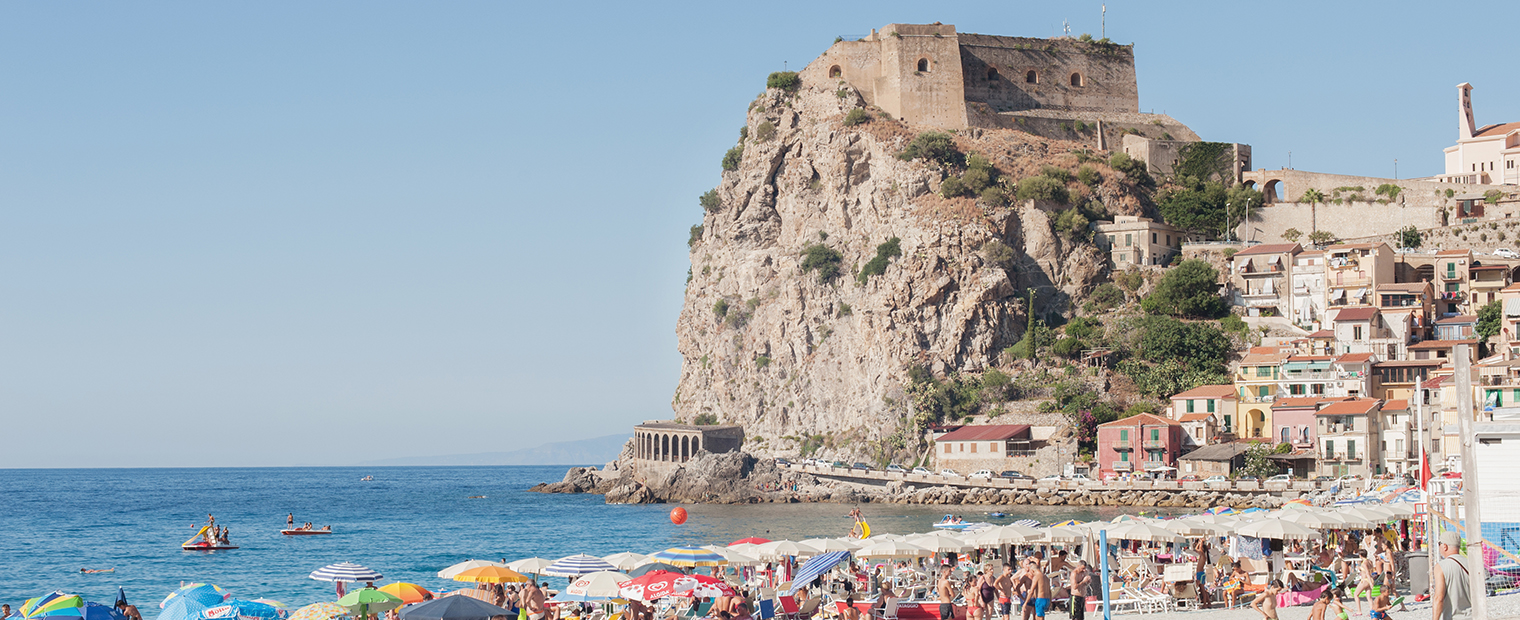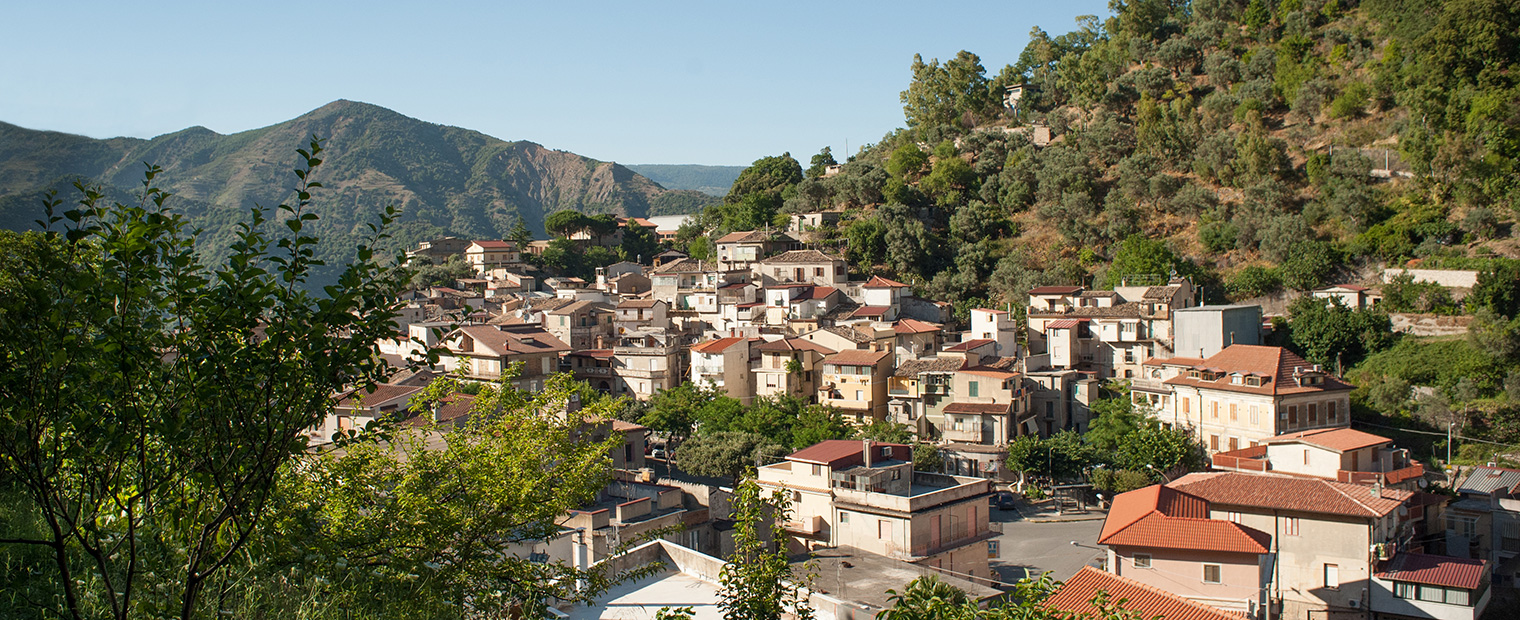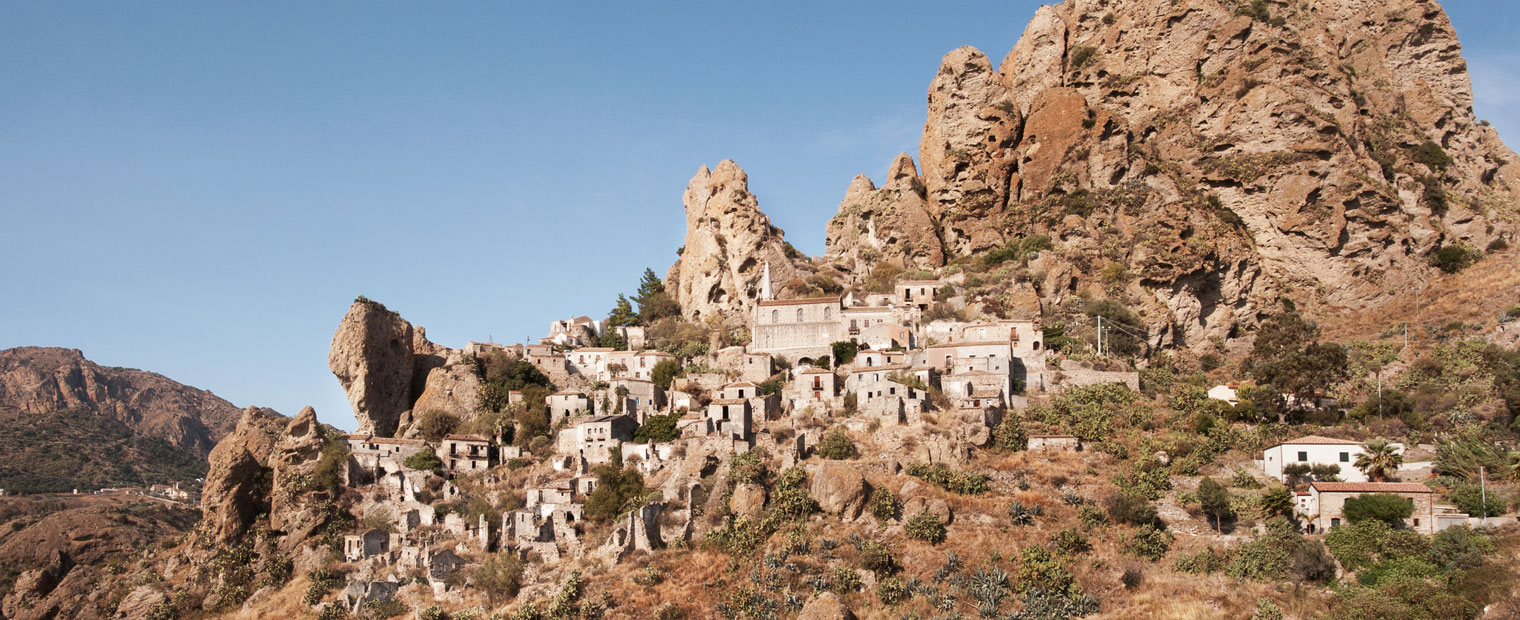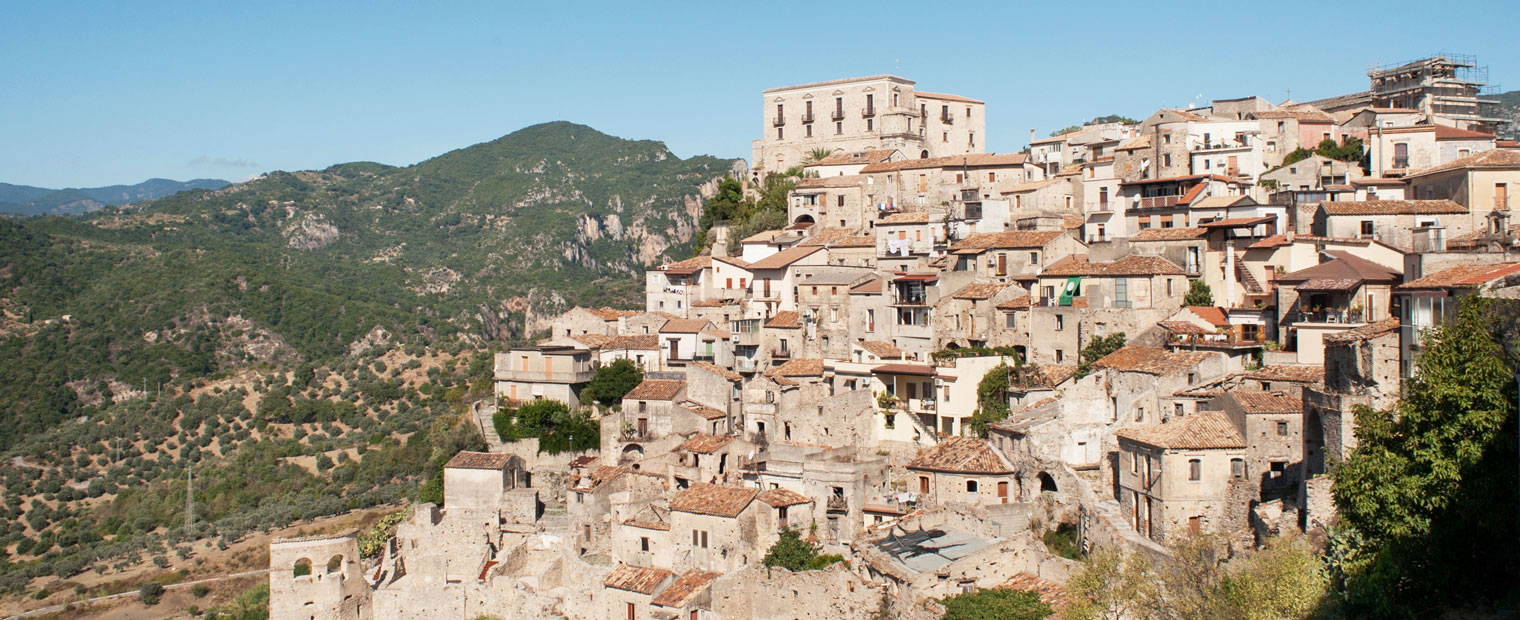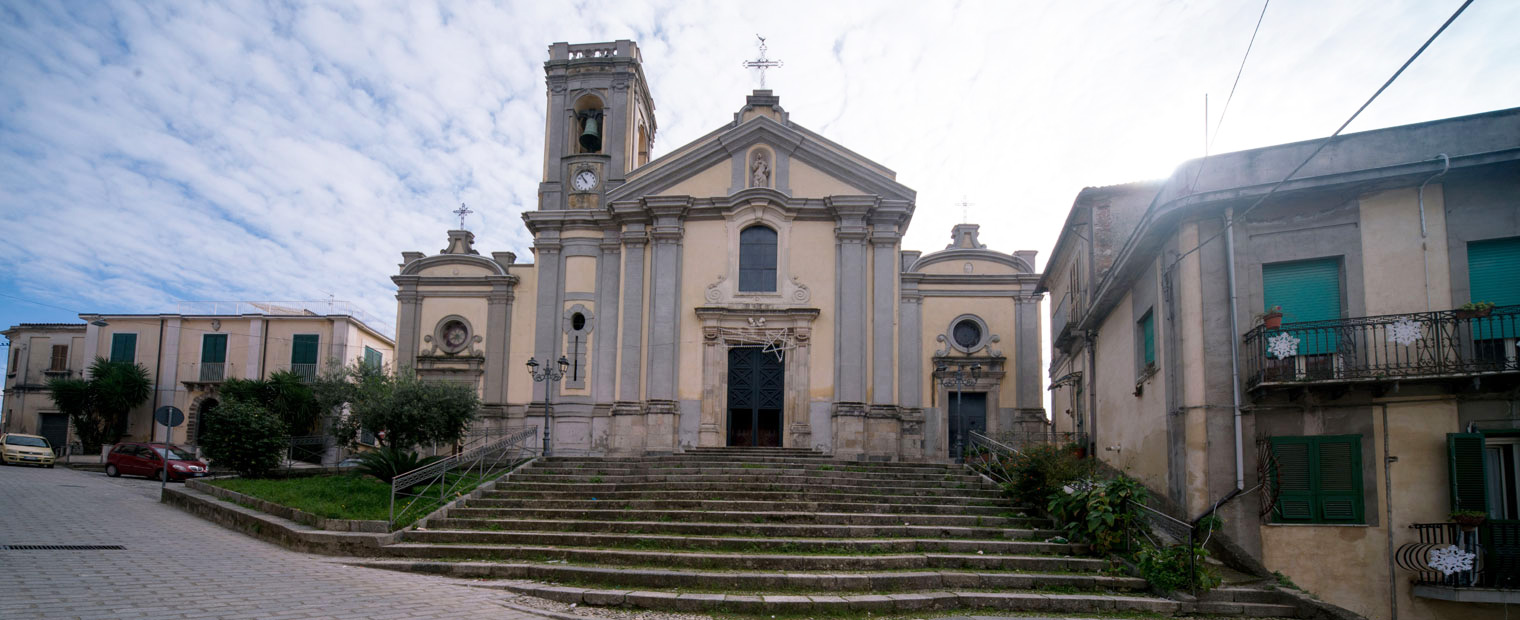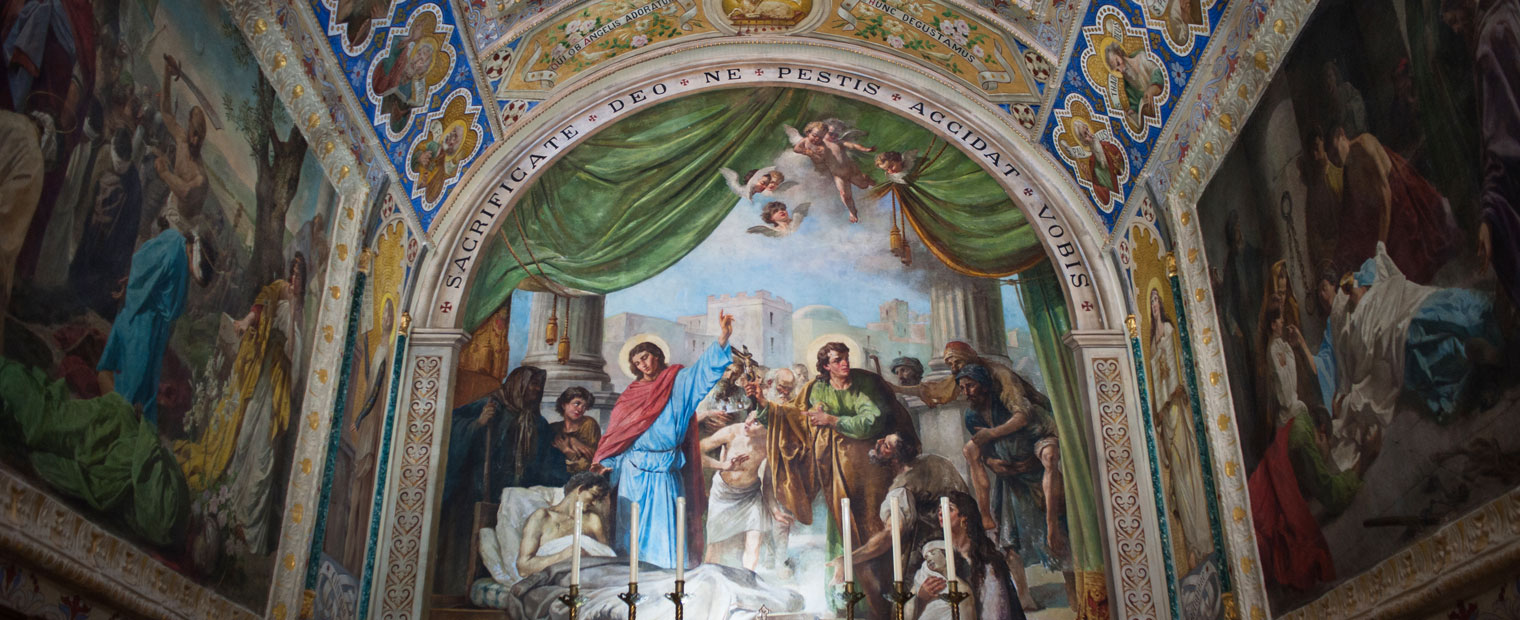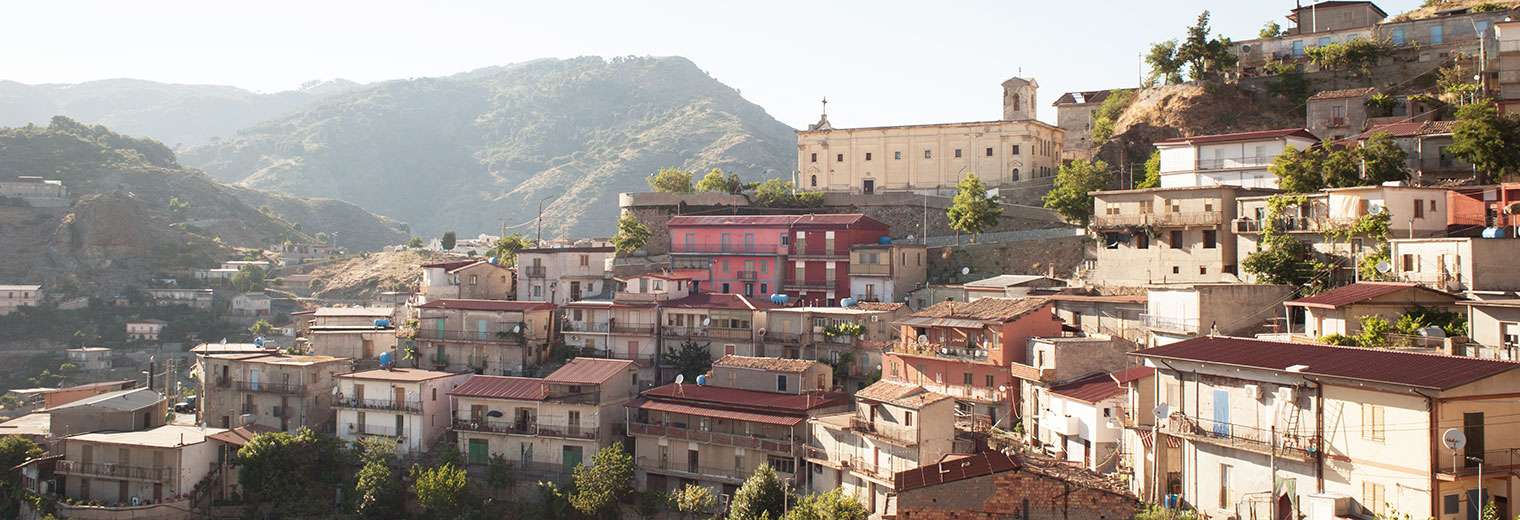The Metropolitan Area of Reggio Calabria, set between the two coastal fronts of the lower Ionian Sea on side, and the Tyrrhenian Sea on the other, has 97 municipalities: villages of great interest for both their historical and architectural features, and the wonderful landscapes that characterise them. It is an area at the centre of the Mediterranean whose history, not surprisingly, is strongly influenced by the different cultures of the people who have passed through here. In the heart of the metropolitan area of Reggio Calabria, between the approximately 220 kilometres of coastline that extends from Rosarno to Punta Stilo (Monasterace), lies the imposing Aspromonte massif that almost seems to retain the three main sides: the eastern Ionian south characterised by low coasts, and the southwestern and northwestern Tyrrhenian Sea, characterised by high frontal coasts. The territory, which hosts about 30% of the regional population with just under 60,000 inhabitants, presents profound contrasts to the landscape: sea and mountains together, key factors of the territory around which history, culture, and traditions are intertwined. Particularly rich is the naturalistic context that boasts a great variety of ecosystems and typical Mediterranean landscapes. It is a heritage that boasts examples such as the Costa Viola, the Riviera dei gelsomini, the Valley of Torbido, and the Valley of the Stilaro. On the Tyrrhenian side, the Piana di Gioia Tauro, is known for its port that ranks among the first places in the Mediterranean and in Italy for traffic intensity. The Ionian side responds with Locride, a typically rural area where traditional crops flourish and the Grecanica area (or Bovesia), located in the heart of the Amendolea valley. It is place with ancient roots in which some towns (specifically Bova, Gallicianò, Roghudi, and Roccaforte del Greco) pass on and still protect the use and knowledge of the Greek language.
Pazzano: art, history, and nature in the heart of the Stilaro valley
The history of Pazzano begins in ancient times and is linked to the exploitation of its mineral resources. During the Roman period, the condemned were sent here to work in the mines that were rich with pyrite and limonite, minerals that characterised the territory. However, these resources were alre [...]
Pentedattilo: the “five fingers” town
On the cliff of Monte Calvario stands Pentedattilo, a mysterious and fascinating town, which is a district of Melito di Porto Salvo. Abandoned until recently, the ancient village, considered over time to be the most evocative ghost town in Calabria, has now been revived by new commercial and tourist [...]
Placanica, the marvellous colours of clay
Set in an extraordinary landscape that welcomes the green of the mountains between the blue of the sea and the sky, Placanica is one of the Calabrian villages most loved by photojournalists precisely because of the extraordinary beauty of the surrounding landscape, where the views of the country are [...]
Polistena, in the heart of Piana
Polistena, a town in the Plain of Gioia Tauro, situated between the ancient Magna Graecia colonies of Locri and Medma, owes its name to possible etymological interpretations, both of Greek derivation: “strong city” for its fortifications, and “very narrow” for its geographical location.
[...]
Riace and its hidden treasures
Framed by the splendid green valleys of Stilaro and Allaro, Riace, the town of hospitality, rests its houses, in the marine village, on miles of pristine white beaches and, mindful of its roots that are divided between people on the run and industrious natives ready to enlarge the poor settlements o [...]
Roccaforte del Greco: kalos ìrthete sto Vunì stin cardìa tu Aspromunti
Roccaforte (Vunì, “the mountains” of Greek Calabria) is a town in the Hellenophonic area, located in the Aspromonte National Park at 971 s.l.m., which today has just over 500 inhabitants. As the name indicates, it is a village perched on a mountain overlooking the southern slopes of Aspromonte. In t [...]
